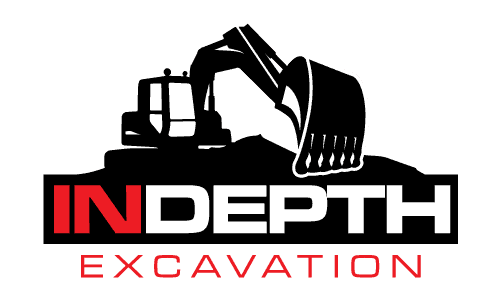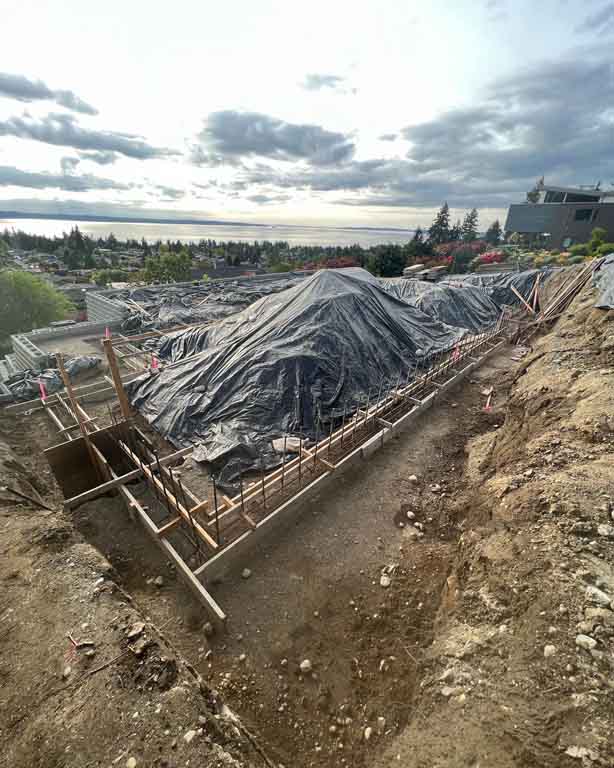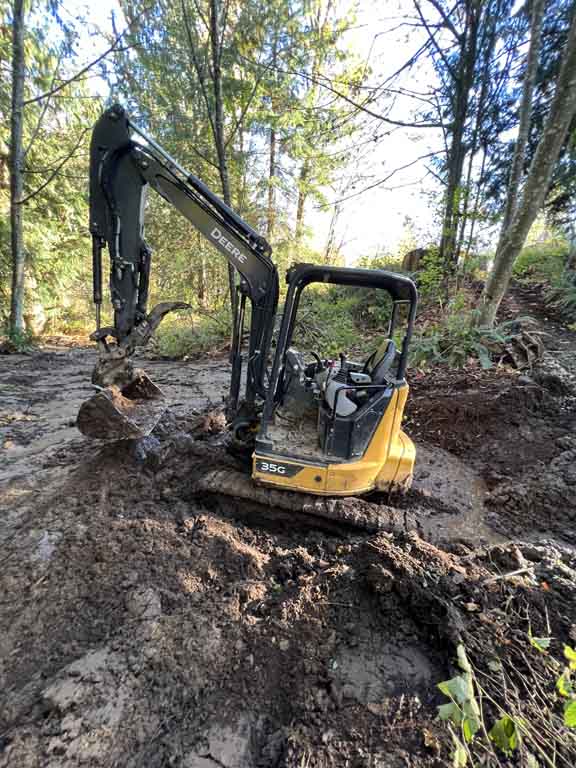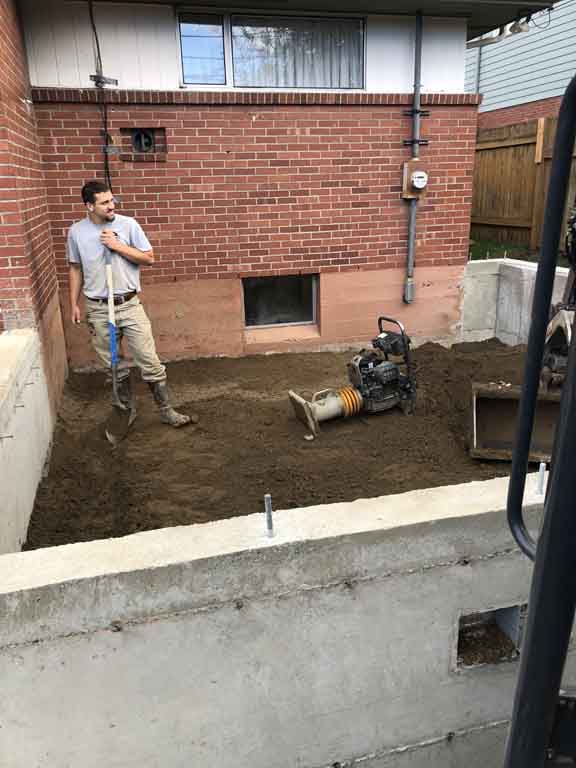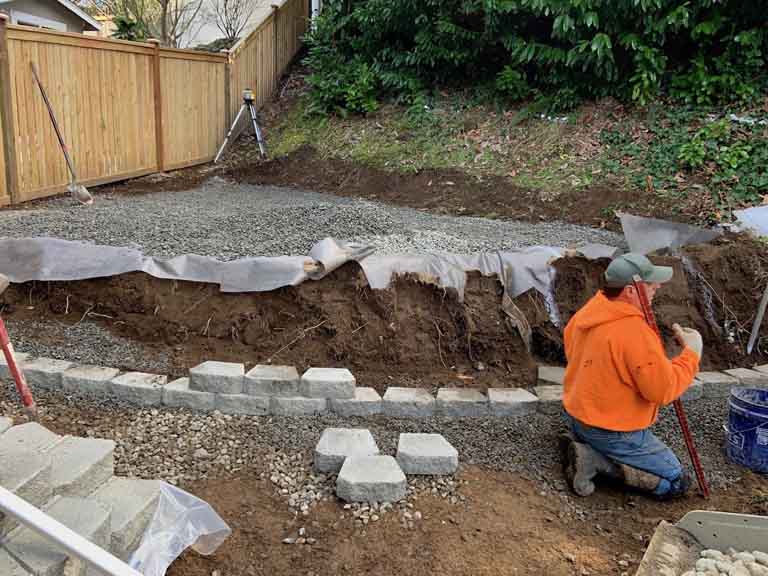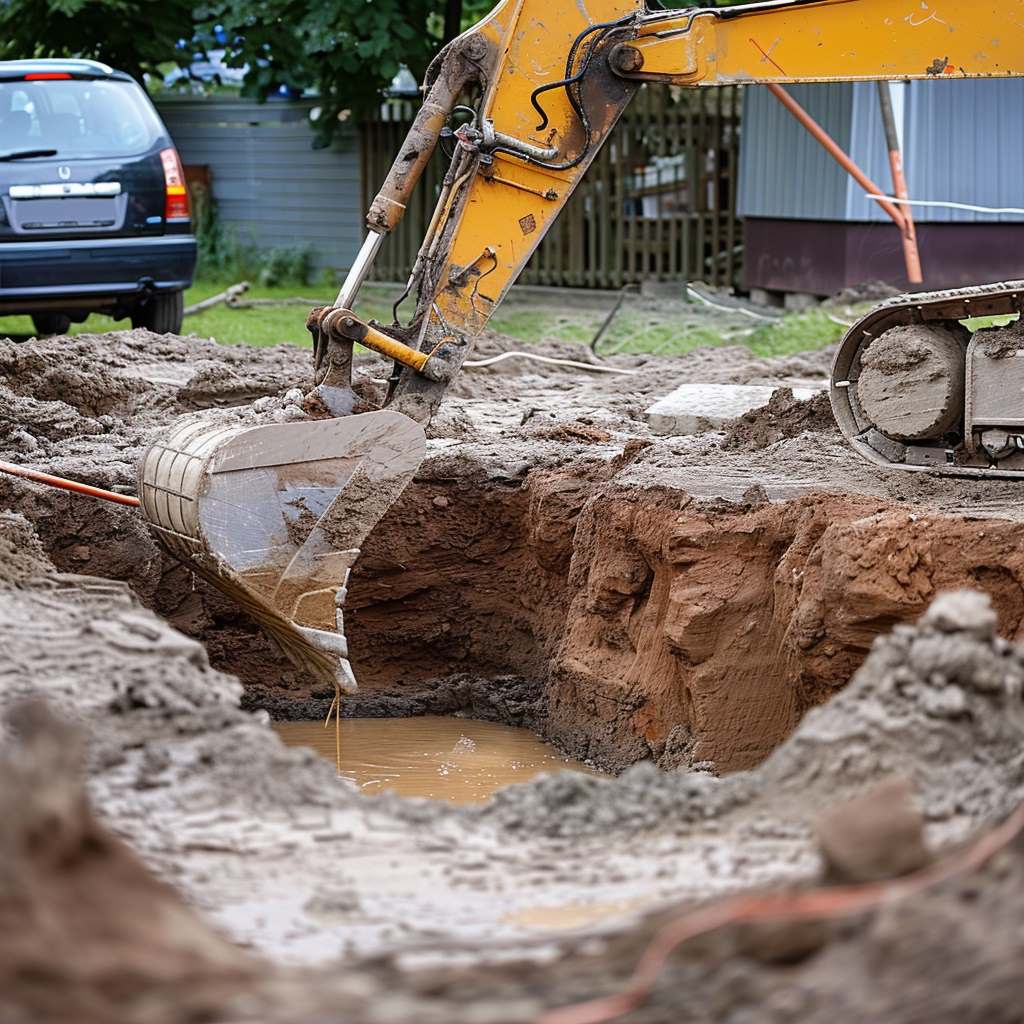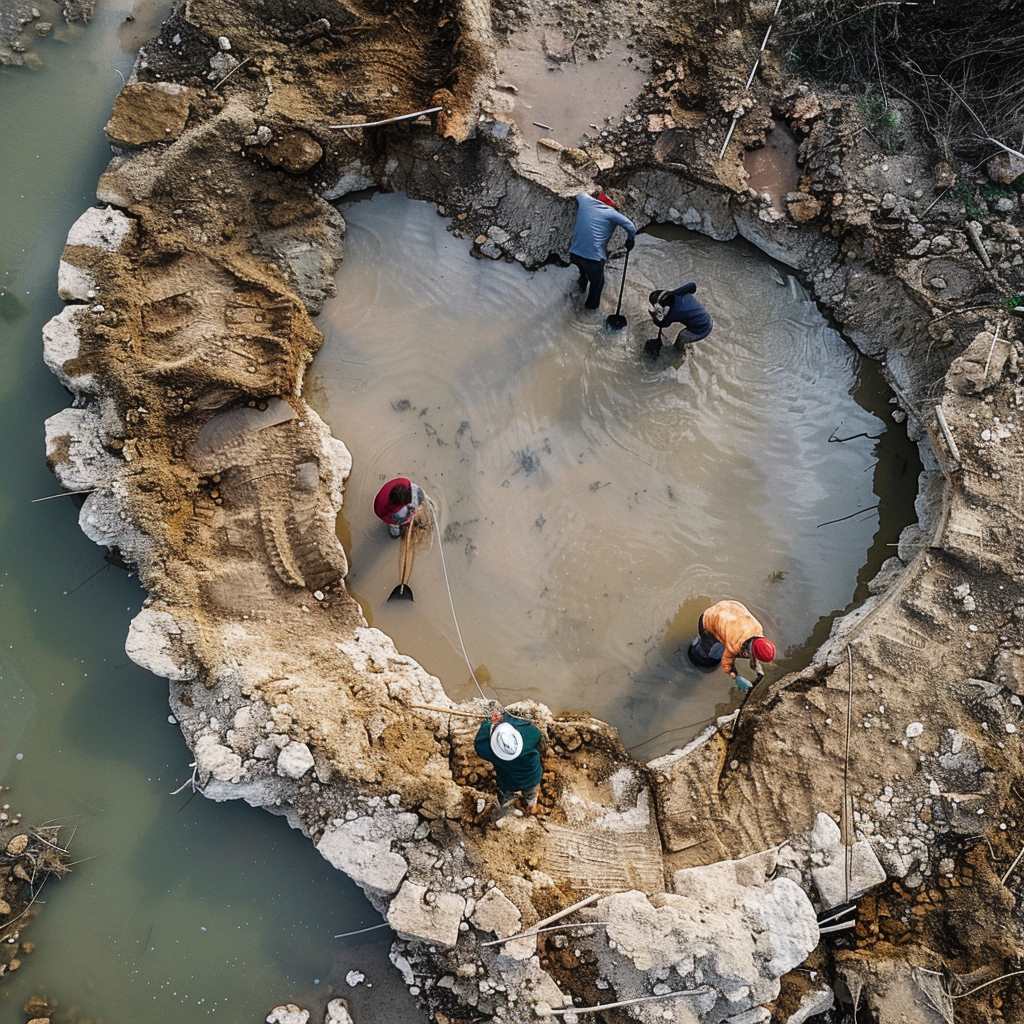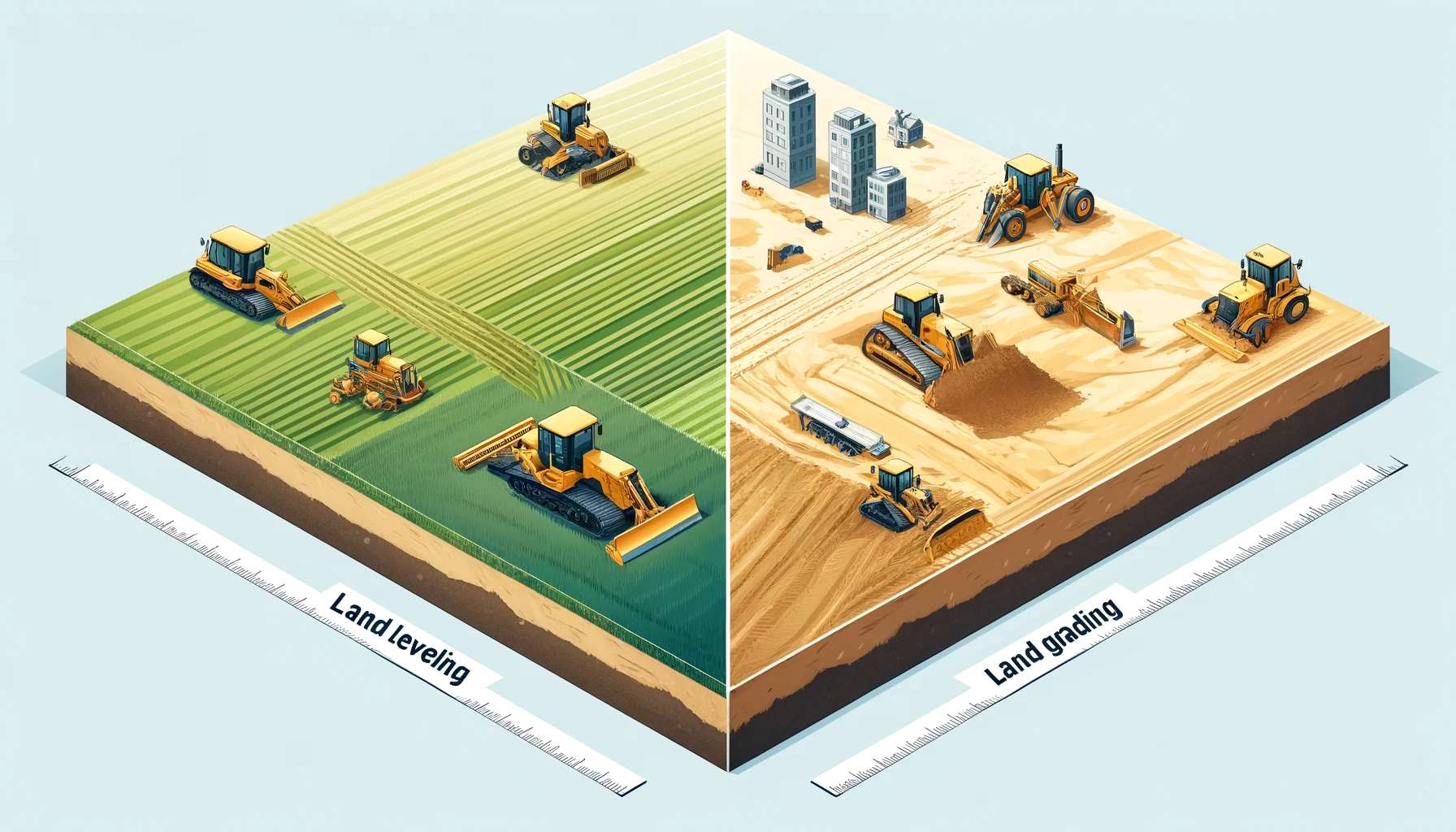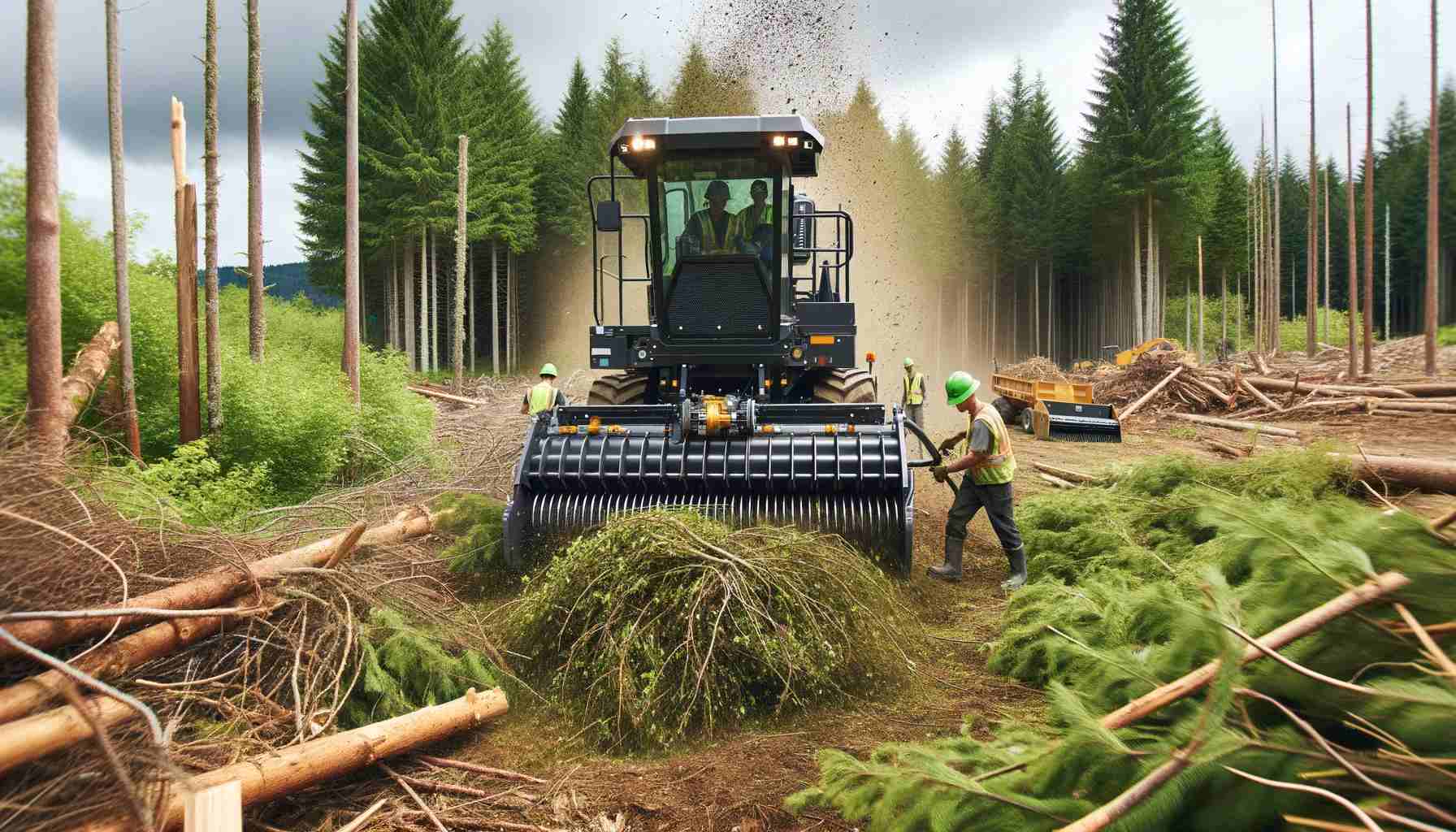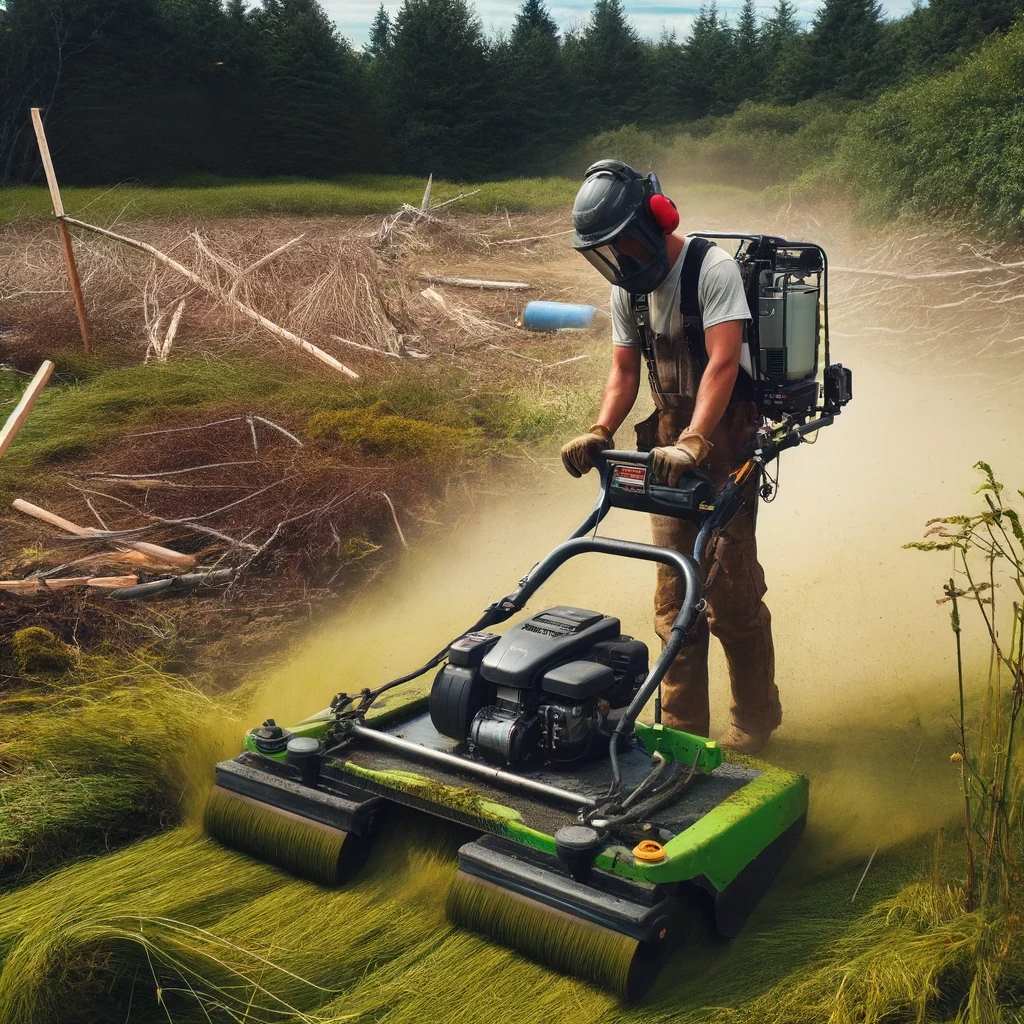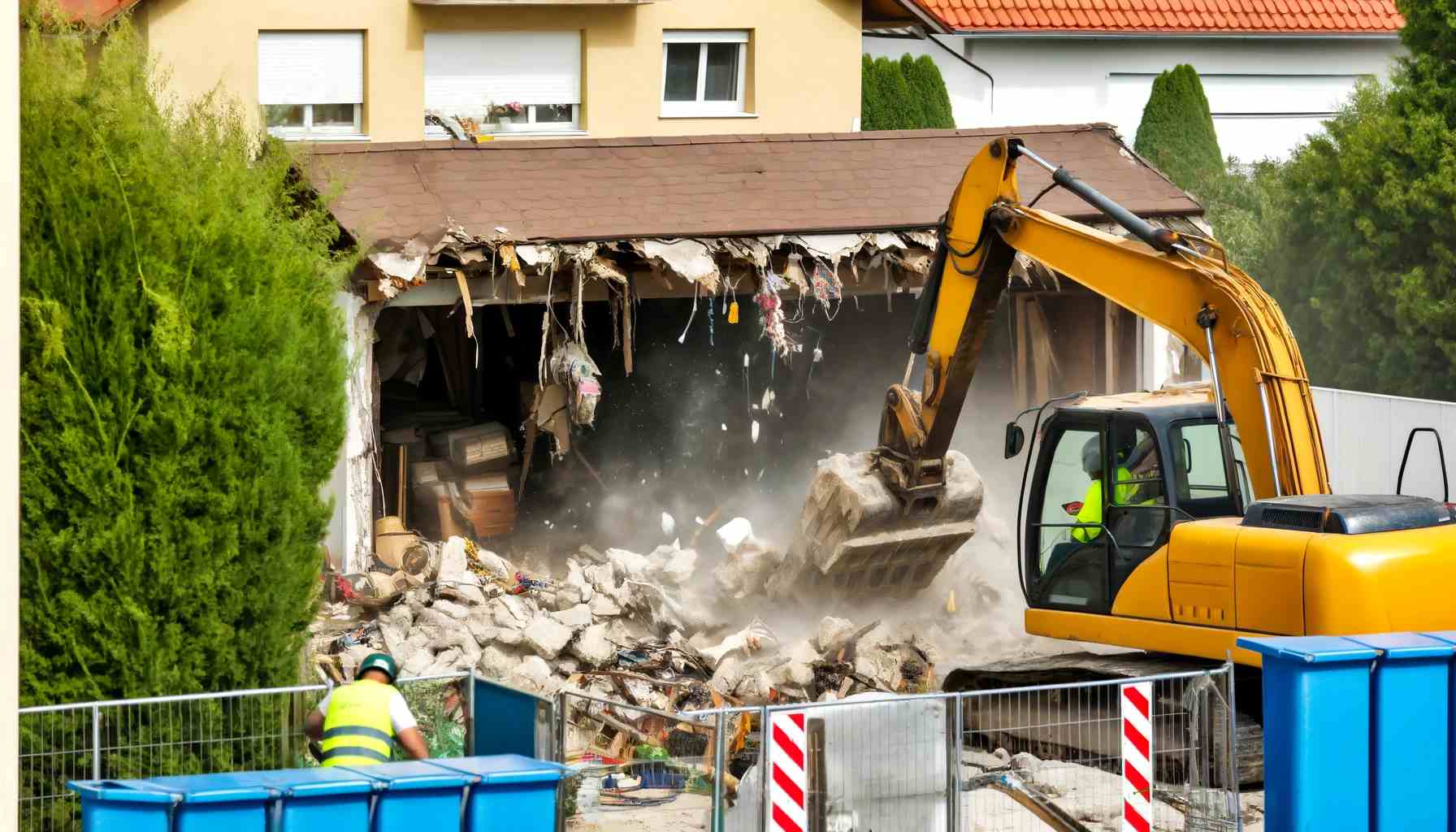Key Takeaways:
- Safety and Compliance: Excavation walls are crucial for safety and legal compliance in construction projects.
- Variety of Walls for Different Needs: There are multiple types of excavation walls, each designed for specific site conditions and project requirements.
- Methodology Matters: The excavation method impacts the choice of wall, emphasizing the importance of strategic planning in construction.
- Expertise in Execution: The successful implementation of excavation walls requires professional expertise and experience, highlighting the importance of choosing a skilled excavation service provider.
What is an Excavation Wall?
An excavation wall is a temporary or permanent structure used in construction and excavation projects. It provides safety and structural support to the site, particularly when the excavation is near existing structures or in public areas.
When and Why is an Excavation Wall Used?
Excavation walls are integral during various stages of construction, especially in dense urban settings or areas with unstable soil. They ensure worker safety, protect surrounding structures, and are often required for legal and environmental compliance.
Different Types of Excavation Walls
This section covers various excavation walls, including:
- Sheet Piling: This is a construction method used to retain soil or water. It involves driving thin, interlocking sheets of steel, vinyl, or wood into the ground to form a continuous barrier. Commonly used in waterfront construction, to stabilize roadways, or to create cofferdams for large construction projects.
- Secant Pile Walls: These are formed by constructing intersecting concrete piles. The piles are reinforced with steel and overlap each other to form a continuous wall. This method is used for deep excavations or in situations where groundwater is an issue, as the overlapping nature of the piles provides a watertight barrier.
- Diaphragm Walls: Also known as slurry walls, these are constructed by excavating a narrow trench that is kept filled with a slurry (usually a mix of bentonite and water) to prevent the trench from collapsing. The trench is then filled with reinforced concrete, creating a strong and watertight wall. They are often used for permanent foundation walls or as barriers for groundwater.
- Soil Nailing: This technique stabilizes existing slopes or excavations by inserting steel reinforcing bars (nails) into the soil and then grouting them into place. The soil and nails work together to create a composite mass that is more stable than the original soil. Soil nailing is commonly used for road cuts, retaining walls, and slopes.
- Contiguous Pile Walls: Similar to secant pile walls but with a key difference: the piles do not overlap. They are constructed by drilling holes at regular intervals along the proposed wall line and filling them with concrete. Small gaps are left between each pile. This method is used for soil retention in excavations but is not watertight like secant pile walls.
- Anchored Walls: These are retaining walls that are stabilized with anchors drilled deep into the earth behind the wall. The anchors are typically made of steel bars or strands and are tensioned against the wall to provide additional support. Anchored walls are often used when the wall height exceeds the capacity for a cantilever wall, or in areas where high loads are expected.
Excavation Methods Used for Excavation Walls
Different excavation methods Such as:
- Top-Down Construction: This method involves constructing the building from the top down, rather than the traditional bottom-up approach. The top floors are built first, using temporary supports, while excavation and construction of lower floors occur underneath. This technique is particularly useful in congested urban areas as it allows for minimal disruption to surrounding structures and can speed up the overall construction process.
- Cofferdams for Water-Logged Sites: A cofferdam is a temporary enclosure built within a body of water or a water-logged site to allow the enclosed area to be pumped out. This creates a dry work environment for the major work to proceed. Common materials for cofferdams include steel sheet piles, earthen berms, or water-filled bags. They are widely used in bridge, pier, and other waterside construction.
- Trenching and Shoring Techniques: Trenching involves digging a narrow excavation, often for the installation of pipes or cables. Shoring is the process of supporting the walls of this trench to prevent collapse. Techniques include using hydraulic shoring systems, timber shoring, and trench boxes. The choice of technique depends on factors like soil conditions, depth of the trench, and the duration of the project.
- Underpinning in Urban Areas: Underpinning is the process of strengthening and stabilizing the foundation of an existing building or structure. In urban areas, underpinning is often required when the original foundation is no longer adequate due to changes in soil conditions, increased load from additional stories, or neighboring construction activities. Methods include mass concrete underpinning, beam and base underpinning, and mini-piled underpinning. The method chosen often depends on factors like the depth of the foundation, soil type, and space constraints.
Conclusion
In-Depth Excavation understands the critical role of selecting the appropriate type of excavation wall for each project. Our extensive experience in various excavation methods ensures the highest standards of safety and efficiency. “Your Hole is Our Goal,” and we are committed to achieving this with utmost professionalism and compliance. For more information on our services in King County, Snohomish County, and Skagit County, contact us at info@indepthex.com.
FAQ for Storm Drain Installation in Snohomish County WA
An excavation wall is a structural support used in construction and excavation projects to ensure safety and maintain the structural integrity of the site, especially when the excavation is near existing buildings or in densely populated areas.
Excavation walls are essential for maintaining safety at construction sites, protecting workers, and nearby structures. They also help in complying with safety regulations and environmental protection standards.
Excavation walls are used at various stages, primarily during the initial phases of construction, especially in urban settings or where soil conditions are challenging.
Key types include sheet piling, secant pile walls, diaphragm walls, soil nailing, contiguous pile walls, and anchored walls. Each type has its specific use depending on the project’s requirements and environmental conditions.
The excavation method directly influences the choice of wall. For instance, top-down construction methods may require different wall types compared to trenching and shoring techniques. The method chosen depends on the project’s scope, location, and environmental considerations.
In urban areas, underpinning and diaphragm walls are commonly used due to their effectiveness in providing support to existing structures and managing space constraints.
